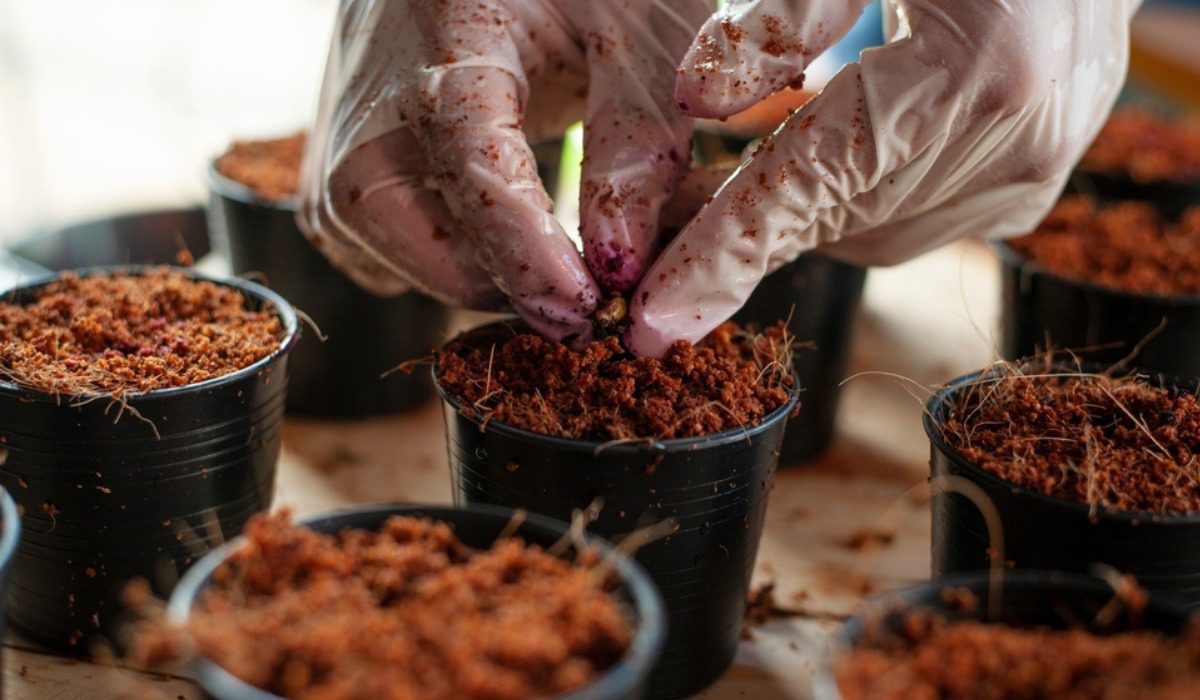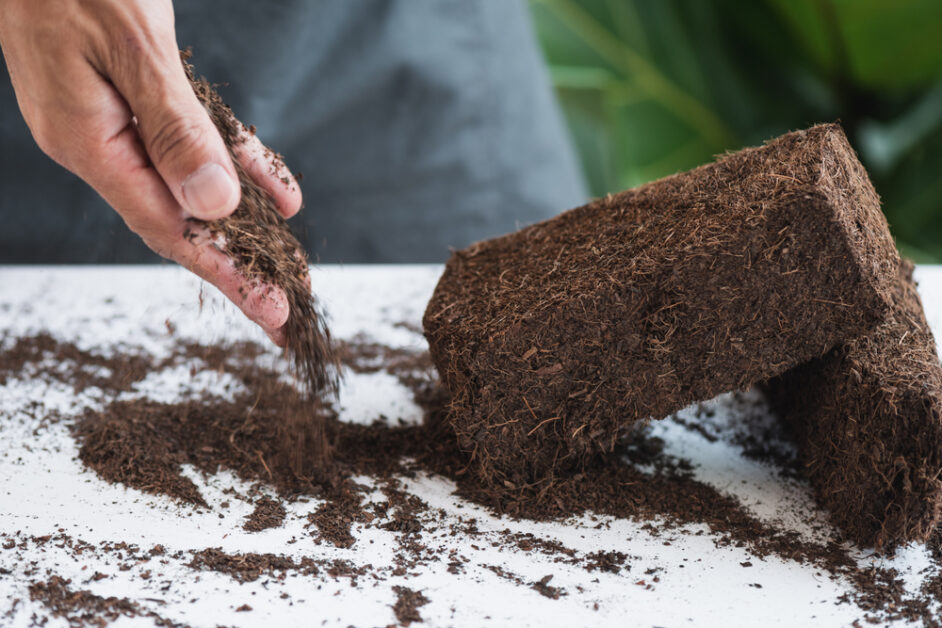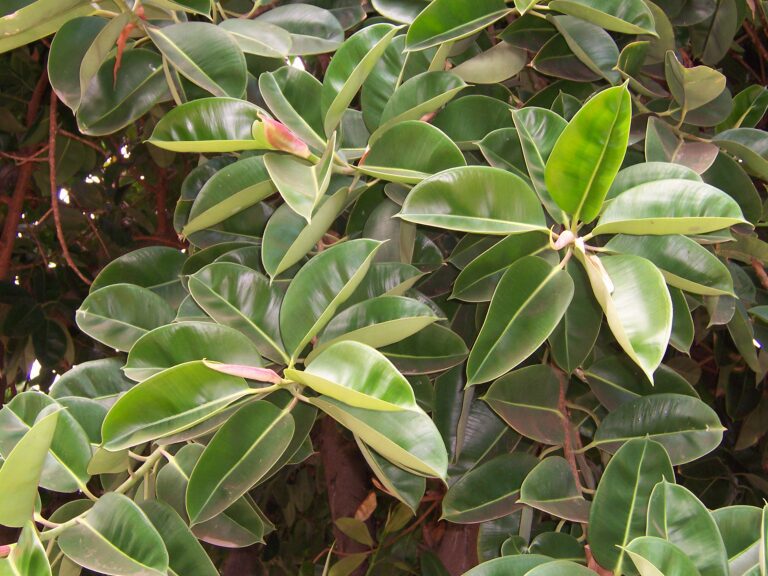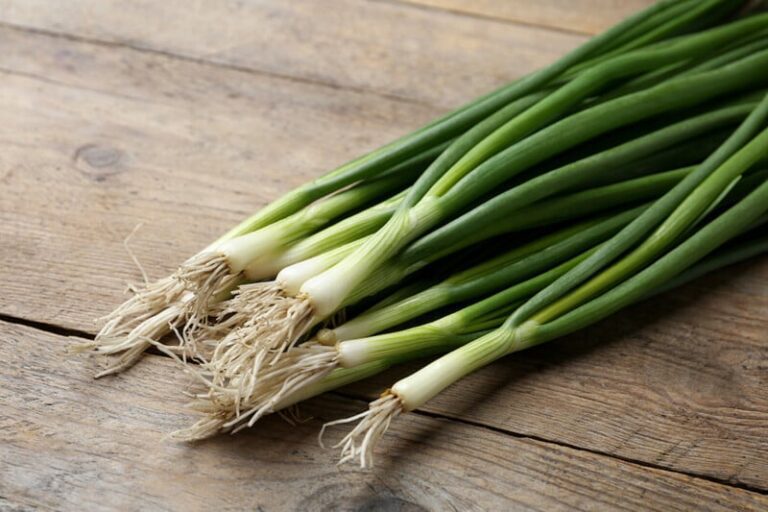Coco Peat in Aquaponics: Exploring the Pros and Cons
Did you know that coco peat is gaining popularity in aquaponics systems? Dive into the world of aquaponics as we explore the pros and cons of using coco peat as a growing medium. From its exceptional water retention to its eco-friendly nature, coco peat offers unique benefits for aquaponic enthusiasts. But is it all smooth sailing, or are there drawbacks to consider? Join us as we uncover the facts and help you make informed decisions for your aquaponic setup. Whether you’re a seasoned aquaponics pro or just getting started, this blog will provide valuable insights into the use of coco peat. Let’s dive in and discover the ins and outs of this versatile growing medium!
Table of Contents
Pros of Coco Peat in Aquaponics:
- Excellent Water Retention:
- Coco peat exhibits exceptional water retention properties, ensuring a consistent moisture level for plant roots.
- This feature reduces the frequency of watering, making it ideal for aquaponic systems where water conservation is crucial.
- Eco-Friendly Nature:
- Coco peat is a renewable and sustainable resource, derived from coconut husks that would otherwise go to waste.
- By using coco peat, aquaponic enthusiasts contribute to environmental conservation efforts by reducing reliance on non-renewable resources.
- Minimal Risk of Soil-Borne Diseases:
- Unlike traditional soil, coco peat is less prone to harboring soil-borne pathogens and pests.
- This reduces the risk of disease outbreaks in aquaponic systems, promoting healthier plant growth.
- pH Neutral:
- Coco peat has a neutral pH level, providing a stable growing environment for a wide range of plants.
- This versatility makes it suitable for various aquaponic setups, accommodating different plant species’ pH preferences.
Having incorporated the SuperMoss Coco Peat Seed Starter Expansion into my gardening routine, I found it to be a reliable and effective medium for starting seeds and nurturing young plants. Its natural composition provided a sustainable and environmentally friendly option for promoting healthy root development and robust plant growth. I was impressed by its excellent water retention properties, which ensured consistent moisture levels crucial for seed germination and early plant establishment. Additionally, its pH-neutral nature created a stable growing environment suitable for a wide range of plant species.
However, I did encounter some minor drawbacks during my experience. While the coco peat expansion process was straightforward, I found that it required careful handling to prevent unexpected expansion and mess. Additionally, I noticed that the coco peat may lack some essential nutrients for optimal plant growth, necessitating the use of fertilizer or soil amendments to support healthy development. Despite these minor challenges, overall, the SuperMoss Coco Peat Seed Starter Expansion proved to be a valuable addition to my gardening arsenal, providing a sustainable and effective solution for starting seeds and nurturing young plants with its natural and eco-friendly composition.
- Natural Growing Medium: SuperMoss Coco Peat provides a natural and sustainable growing medium for plants, making it environmentally friendly.
- Excellent Water Retention: Coco peat has excellent water retention properties, ensuring consistent moisture levels for seed germination and plant growth.
- pH Neutral: Coco peat is typically pH neutral, creating a stable growing environment that is suitable for a wide range of plants.
- Promotes Healthy Root Development: The fine texture of coco peat promotes healthy root development by providing good aeration and drainage.
- Versatile Use: Suitable for starting seeds, propagating cuttings, and as a soil amendment for improving soil structure and moisture retention.
- Lightweight and Easy to Handle: Coco peat is lightweight and easy to handle, making it convenient to use in gardening projects.
- Sustainable and Renewable: Coco peat is a renewable resource derived from coconut husks, making it an eco-friendly choice for gardeners.
- May Require Additional Nutrients: Coco peat may lack some essential nutrients for plant growth, requiring the addition of fertilizer or amendments to support optimal growth.
- Expands When Hydrated: Like other compressed growing mediums, coco peat expands significantly when hydrated, requiring careful handling to prevent unexpected expansion.
- Potential for Compaction: Over time, coco peat may become compacted, reducing aeration and drainage in the growing medium, which can affect plant health if not addressed.
- Dustiness: Coco peat can be dusty when dry, which may be a concern for individuals with respiratory sensitivities or allergies.
- Variable Quality: The quality of coco peat products can vary depending on the source and processing methods, so it’s important to choose a reputable brand.
Cons of Coco Peat in Aquaponics:
- Limited Nutrient Content:
- Coco peat has a low nutrient content compared to other growing mediums, requiring supplementation with nutrients for optimal plant growth.
- In aquaponic systems, this may necessitate additional monitoring and adjustment of nutrient levels to prevent deficiencies.
- Potential Compaction:
- Over time, coco peat may compact, reducing its aeration properties and hindering root development.
- Regular monitoring and fluffing of coco peat are necessary to maintain optimal soil structure and promote healthy root growth.
- Initial Adjustments Required:
- Transitioning to coco peat may require adjustments in aquaponic system management, such as nutrient supplementation and monitoring.
- Aquaponic gardeners should be prepared to experiment and fine-tune their setup to achieve the best results with coco peat.
Comparing Coco Peat to Other Substrate Options in Aquaponics
Coco peat has gained popularity as a substrate option in aquaponics systems due to its numerous benefits. One of its key advantages is its ability to retain moisture, which is crucial for the health and growth of plants. Coco peat has a high water holding capacity, allowing it to provide a consistent water supply to the plants. This can be particularly advantageous in aquaponics, where maintaining proper moisture levels is essential for both the plants and the fish.

- Root Support and Aeration:
- Fibrous Structure: Coco peat’s fibrous composition creates an ideal environment for plant roots. It promotes healthy root development by providing ample aeration.
- Essential for Nutrient Absorption: Strong and healthy roots are crucial for efficient nutrient uptake and overall plant growth.
- pH-Neutral and Low Electrical Conductivity:
- Stable pH Levels: Coco peat maintains a neutral pH, ensuring it doesn’t alter the system’s acidity or alkalinity.
- Avoids Excessive Salts: Low electrical conductivity means it doesn’t release harmful salts into the water, benefiting both plants and fish.
In summary, coco peat’s root support, pH neutrality, and low conductivity make it a reliable choice for maintaining a balanced aquaponics system. 🌱🐟
The following table explain the comparing coco peat to other substrate options in aquaponics:
| Substrate | Advantages | Considerations |
|---|---|---|
| 1. Coco Peat | – High water retention, promoting stable moisture levels. | – Requires proper buffering to prevent pH fluctuations. |
| – Lightweight and easy to handle. | – May compact over time, affecting aeration. | |
| 2. Expanded Clay Pellets | – Excellent aeration for roots. | – Can be expensive compared to other substrates. |
| – Provides good support for plants. | – pH tends to be slightly alkaline. | |
| 3. Rockwool | – Excellent water retention and aeration. | – Can cause skin irritation; handle with care. |
| – pH neutral and sterile. | – Decomposes slowly, potentially impacting water quality. | |
| 4. Gravel/Hydroton | – Cost-effective and widely available. | – May require pre-soaking to prevent buoyancy issues. |
| – Provides good support and aeration. | – Needs regular cleaning to prevent clogging in the system. | |
| 5. Perlite | – Lightweight with good aeration properties. | – pH can be slightly acidic, affecting system pH. |
| – Inexpensive and widely used. | – May float initially; pre-soaking can mitigate this issue. |
In conclusion, coco peat offers several advantages over other substrate options in aquaponics. Its excellent moisture retention, root support, and neutral pH make it an ideal choice for promoting healthy plant growth in these systems. By incorporating coco peat into your aquaponics setup, you can create an environment that is favorable for both the plants and the fish, leading to a successful and thriving system.
Addressing Common Misconceptions about Coco Peat in Aquaponics
Aquaponics, a system that combines aquaculture and hydroponics, has gained popularity among gardening enthusiasts. However, there are several misconceptions surrounding the use of coco peat as a substrate in aquaponics. The first misconception is that coco peat is not a suitable medium for plant growth due to its high water retention capacity.
Excellent Water Retention: Coco peat retains water effectively, preventing plants from drying out.
Promotes Good Drainage: Its fibrous structure allows excess water to drain, preventing waterlogging and root rot.
Ideal for Aquaponics: In fluctuating water availability, coco peat acts as a buffer against dry spells.
Low Nutrient Content: True, but not a limitation.
Amendable with Organic Fertilizers: Gardeners can easily supplement nutrients to meet plant requirements.
Natural pH Buffer: Coco peat maintains a stable pH level, crucial for nutrient absorption.
Key to Success: By monitoring pH levels and providing balanced nutrients, aquaponic gardeners can ensure optimal plant health .
The following table explain different common misconceptions about coco peat in aquaponics:
| Misconception | Clarification/Facts |
|---|---|
| 1. Coco Peat Alters Aquaponics pH Significantly | – While coco peat may have a slightly acidic pH, proper buffering can prevent significant pH fluctuations. |
| – Buffering agents or pH adjustments can be applied to maintain a suitable pH range in aquaponic systems. | |
| 2. Coco Peat Compacts Easily, Affecting Aeration | – Properly managed coco peat with adequate aeration and periodic fluffing avoids compaction issues. |
| – Regular monitoring and adjustments can maintain optimal aeration in the growing medium. | |
| 3. Coco Peat Holds Excessive Water, Leading to Waterlogged Roots | – Coco peat’s water retention properties can be beneficial, and its structure allows for good drainage. |
| – Proper irrigation practices and a balanced aquaponic system prevent waterlogging. | |
| 4. Coco Peat Attracts Fungi and Diseases | – High-quality coco peat is typically sterilized, reducing the risk of fungi and diseases. |
| – Maintaining proper hygiene and preventive measures ensures a healthy growing environment. | |
| 5. Coco Peat Requires Constant pH Monitoring and Adjustment | – Regular monitoring is advisable, but stable systems may not need frequent pH adjustments. |
| – Buffering agents and careful selection of coco peat batches can contribute to pH stability. |
Note: Addressing misconceptions helps aquaponics practitioners make informed decisions about using coco peat. Clearing up these points emphasizes proper management and practices for successful integration into aquaponic systems.
Watch video for more information:
FAQ
Is coco peat a suitable substrate option for aquaponics?
Yes, coco peat is a highly suitable substrate option for aquaponics due to its excellent water retention properties and ability to provide essential nutrients to plants.
How does coco peat compare to other substrate options in aquaponics?
When compared to other substrate options, coco peat stands out for its superior water retention capabilities, pH neutrality, and ability to promote healthy root development. It also has a long lifespan and can be reused multiple times.
Can coco peat be used in both media-based and raft-based aquaponics systems?
Absolutely, coco peat can be successfully used in both media-based and raft-based aquaponics systems. Its versatility makes it a popular choice among aquaponic enthusiasts.
Does coco peat require any special preparation before use in aquaponics?
Prior to use, coco peat should be properly hydrated and rinsed to remove any excess salts. This ensures optimal growth conditions for plants in the aquaponics system.
Is coco peat pH-neutral, and why is this important in aquaponics?
Yes, coco peat is pH-neutral, which means it does not significantly affect the pH of the aquaponics system. This is crucial as maintaining a stable pH level is essential for the overall health and well-being of both fish and plants.
Can coco peat be reused in aquaponics?
Yes, coco peat can be reused in aquaponics. After each crop cycle, it can be rejuvenated by washing, sterilizing, and rehydrating it before being used again as a substrate.
Does using coco peat in aquaponics attract pests or insects?
Coco peat is known for its natural resistance to pests and insects. However, it is always recommended to regularly monitor the system for any signs of infestation and take appropriate measures if necessary.
Can I mix coco peat with other substrates in aquaponics?
Yes, coco peat can be mixed with other substrates such as perlite, vermiculite, or clay pellets to create a customized growing medium in aquaponics. Experimenting with different ratios can help achieve the desired water-holding capacity and aeration for plant roots.

Studied Agricultural Engineering-Plant Protection at University of California, Davis.
Head of Content writing team at Southelmontehydroponics.com







